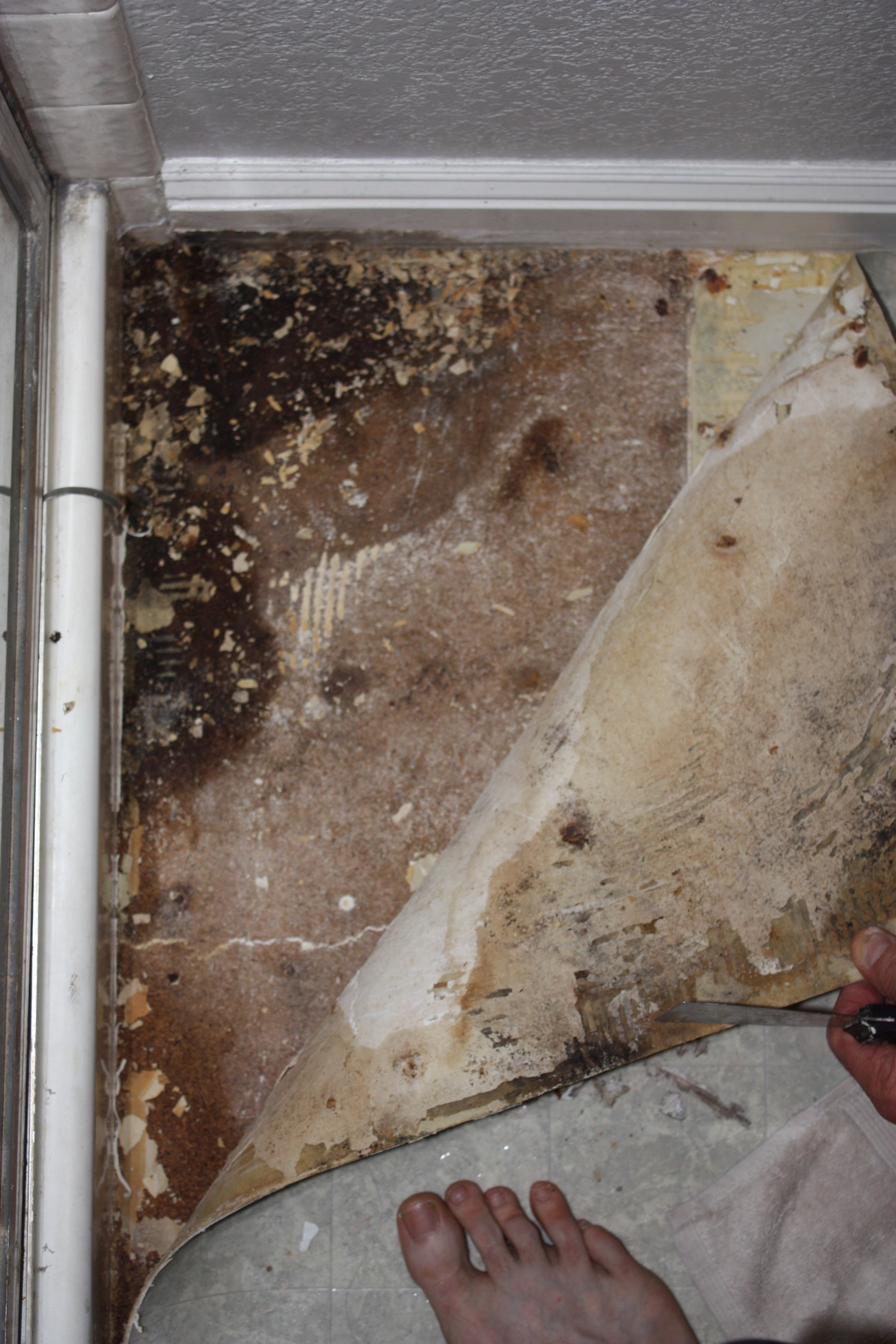Just how to Fix And Prevent Bathroom Water Damage
Just how to Fix And Prevent Bathroom Water Damage
Blog Article
What're your thoughts on Preventing Water Damage in the Bathroom?

The bathroom is very susceptible for moist build-up and possible water damages due to the regular use water in it. This post supplies easy examination methods to help identifying water damage threats.
The frequent use water in the restroom makes it exceptionally susceptible for wet build-up and also prospective water damages. By examining it regularly, you can minimize water related damages.
The adhering to set of assessments is easy to do and also ought to be done as soon as in every three months in order to maintain your bathroom in good shape and to stop prospective water problems triggered by the bath tub, the shower, pipe joints as well as plumbing, sinks, closets, and the commode
Do not overlook doing these inspections as well as be comprehensive while executing them. Keep in mind that these straightforward inspections can conserve you a great deal of money by giving early indicators for water damage
Tub and also Shower
The shower and tub require special focus and upkeep. Examine the tiles as well as change if broken. See to it that there is no missing grout in between the tiles. Examine and also replace broken caulking at joints where the wall surfaces meet the floor or the tub. Obstructed drains as well as pipelines problems will stop the bath tub from drying out and might show major troubles beneath the tub. Seek advice from an expert promptly to prevent structural damages. Pay attention to stainings or soft locations around the bathtub walls as they might indicate an interior leakage.
Plumbing
Signs for water damages are hard to discover considering that the majority of pipes are set up inside the walls.
Pay unique focus to floor covering and also walls moisture and spots as they might suggest an unseen plumbing trouble. Check moisture levels in adjacent areas as well.
Sinks and Cabinets
Sinks and cabinets are exposed to wetness as well as humidity everyday as well as are commonly neglected. Inspect routinely under the sink and on the countertop above it. Repair any drip in the trap as it may recommend drainpipe troubles. Check out the sink, slow-moving draining pipelines might show an obstructed drainpipe. Change sink seals if they are split or loosened.
The Bathroom
The bathroom is a susceptible water junction. Check the water lines and search for leakages around the commode seat, in the tube, and also under the water tank. If you spot any signs of moisture on the floor around the toilet, check for leaks in the toilet rim and tank seals.
Be aware that hanging toilet dish antiperspirants raises the opportunities for obstructions.
Water Damage Signs In The Bathroom To Avoid Cleanup
Musty smell
This is one of the easiest signs to catch because musty smells are so odorous. The damp, earthy, moldy smell should be a big red flag. The smell will develop when moisture gets trapped in surfaces, and begins to facilitate mold growth. Leaking pipes under cabinets, inside walls, and behind shower fixtures will cause moisture to stay trapped and not dry, which will lead to mold growth and spread. As soon as you notice any musty smells in your bathroom, have it checked for hidden water damage and cleanup signs.
Visible mold
If the smell isn’t there to give it away, sometimes you will actually see mold growth. Finding mold in your bathroom is a serious problem, because mold is very harmful to your health. By the time mold growth is visible, it also means that water damage has already occurred and been present for some time. The only way the mold problem can be resolved is to find the source of the moisture and get it stopped. To safely and adequately remove mold, you need to have professionals handle the remediation. Do not waste any time in getting mold problems addressed, fixed, and sanitized so that you can protect you and your family from the many respiratory symptoms caused by mold exposure.
Damaged floors
Bathroom floors should be able to withstand some exposure to water while still remaining in good condition. However, when excess exposure or water leaks occur, they will begin to damage even the most water-resistant flooring. If you notice any cracking, bubbling, staining, or warping on your bathroom floors, there is probably a water leak somewhere causing the distortion. If you notice areas of the floor have become softer, or even have a spongy feeling, there is probably damage to the subfloor. Subflooring is typically made up of plywood. When plywood is exposed to water or moisture, it will absorb it. Once it has become saturated, the weight of the excess water will cause the wood to swell and soften. Check the floors in your bathroom frequently to catch any of these sings before they lead to damaged subflooring.
Changes on walls
When water leaks behind walls, it will cause changes in the drywall. Peeling plaster, blistering paint, and soggy wallpaper are all good indicators that excess water is building up behind the wall. Water leaking behind drywall will cause it to swell and be soft to the tough. If you start to notice gaps along the trim of your walls, or where tile meets the wall, it could also be a strong indicator that there is a leak behind the wall. Any changes, distortion, or damage on the walls should be evaluated as soon as you notice it to prevent further water damage and cleanup.

As a serious reader on Looking for Signs of Water Damage in the Bathroom, I assumed sharing that post was a good idea. Sharing is good. You won't know, you may be helping someone out. Thank-you for your time invested reading it.
Get Offer Report this page